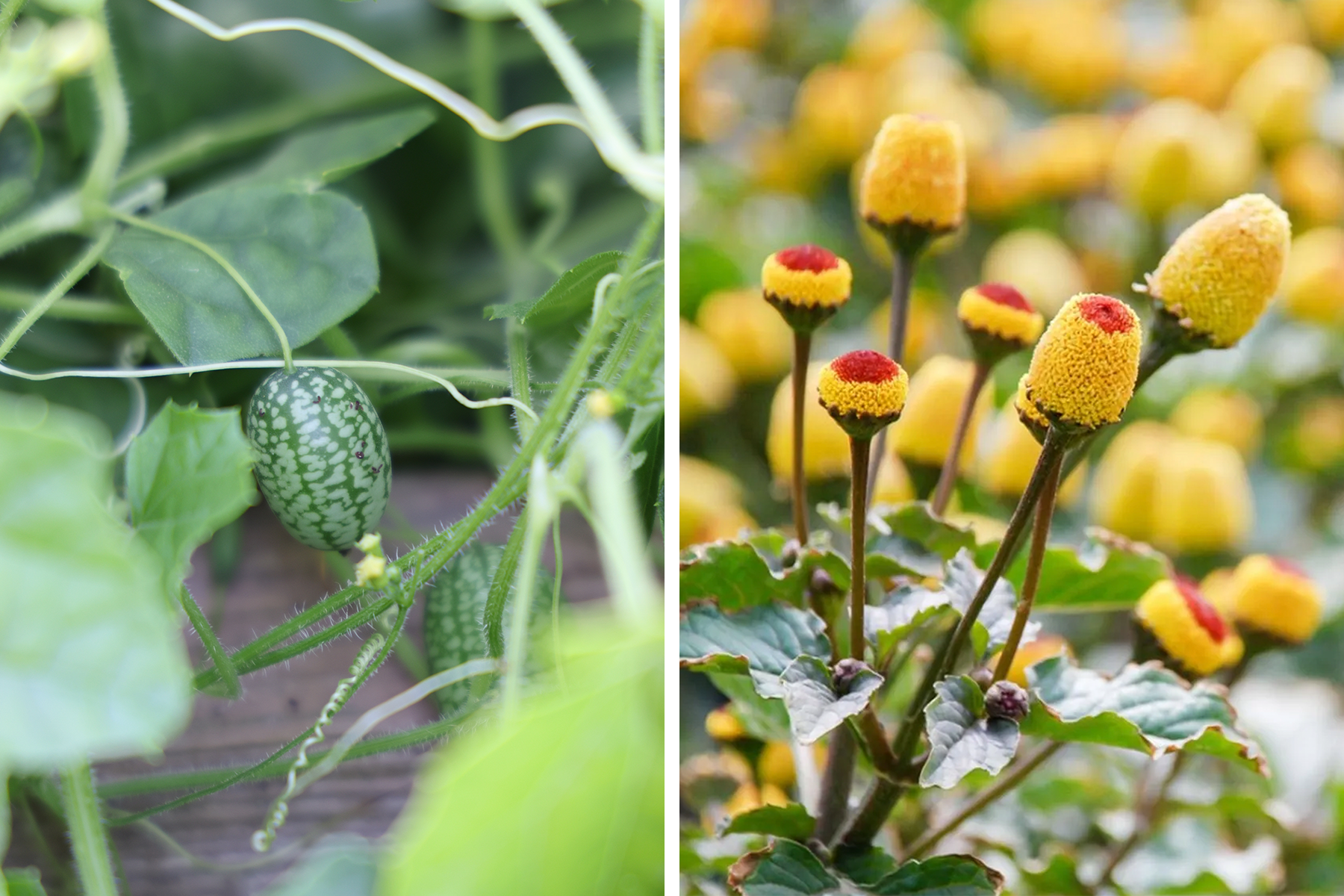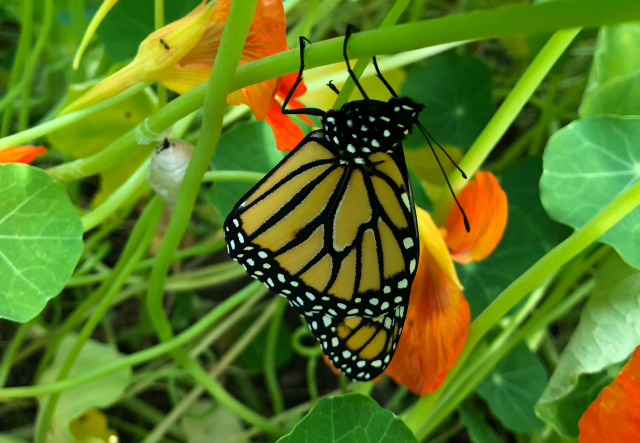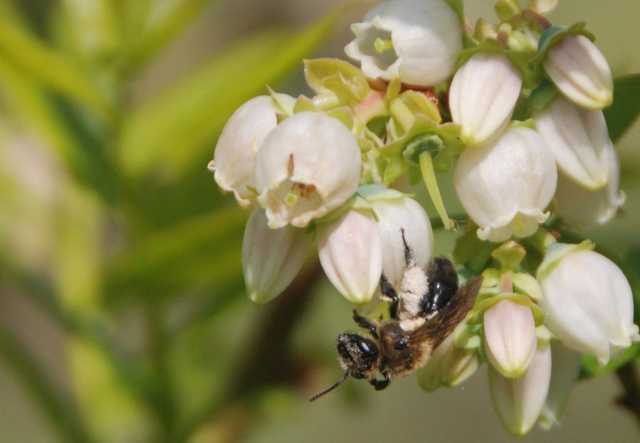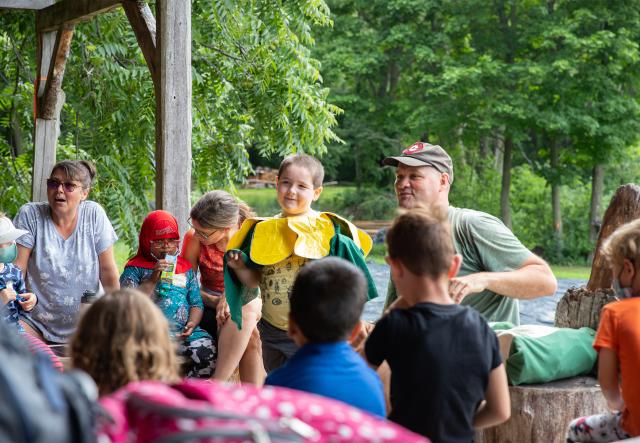Kid-Favorite Plants for Your Garden
It’s time to start planting here in Shelburne, and we’re gearing up to fill the raised beds in our education gardens with veggies, flowers, and fruits. We choose the plants in these spaces with the typical things in mind (sun exposure, heartiness, water needs), but another quality weighs in: how much fun are they?
Hundreds of summer campers and thousands of visiting families learn all about how plants grow and where food comes from in these gardens. The beds aren’t optimized for production, but for an engaging sensory experience. Here are some of our educators' favorite plants that stir up excitement in the garden — try a few in your plot this season:
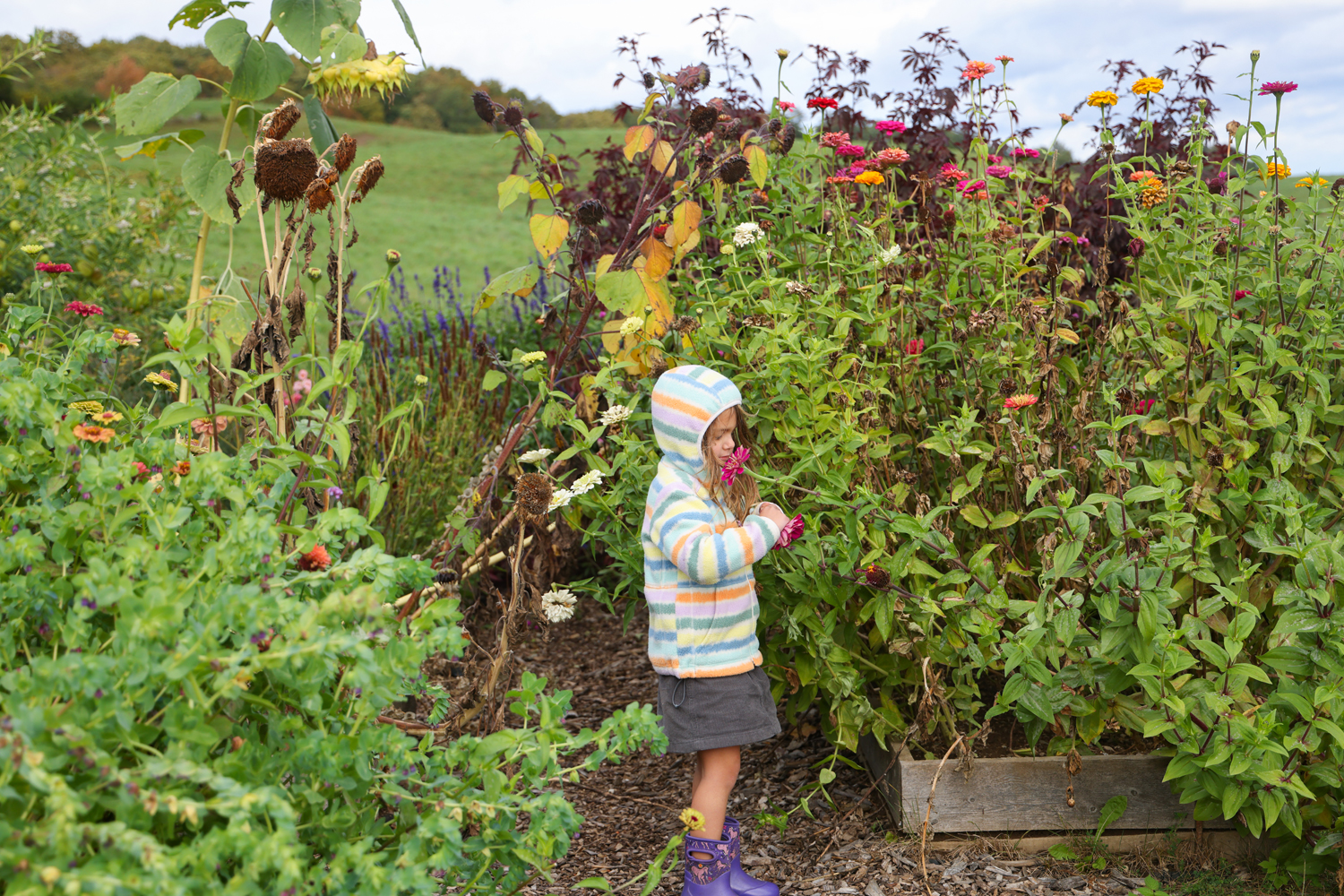
Surprising Tastes
Some pretty unassuming looking plants can pack a lot of flavor. “Kids love tasting the lemongrass and lemon verbena,” says educator Hannah Corbin. “They take a few leaves and stuff their pockets or their water bottles.”
Sorrel — a wild plant that is often considered a weed — can be cultivated in your garden. “Every age is super surprised and excited by the flavor,” says Educator Cat Parrish. “It tastes like sour candy.”
Stevia is another go-to plant: the super-sweet leaves are always a kid favorite.
Crafty Plans
Think beyond options for eating, too. Last year, we planted broom corn for the first time. “Broom corn is great because it grows really tall, and kids can run through the stalks,” shares educator Jed Norris. “And, the squirrels don’t eat it because it doesn’t actually produce corn. But it does produce long, fibrous tassels that you can craft brooms out of.”
Flowers fill a good deal of the raised beds in these gardens, too, a pollinator’s haven. “We’ve found some great options that produce perfect drying flowers,” says educator Mallory Schmackpfeffer. “Then we can use them for crafts later on, like bookmarks and window banners.” Consider strawflowers, globe amaranth [also called gomphrena], and violas. The spectrum of hues also lend itself nicely to a rousing game of color search.
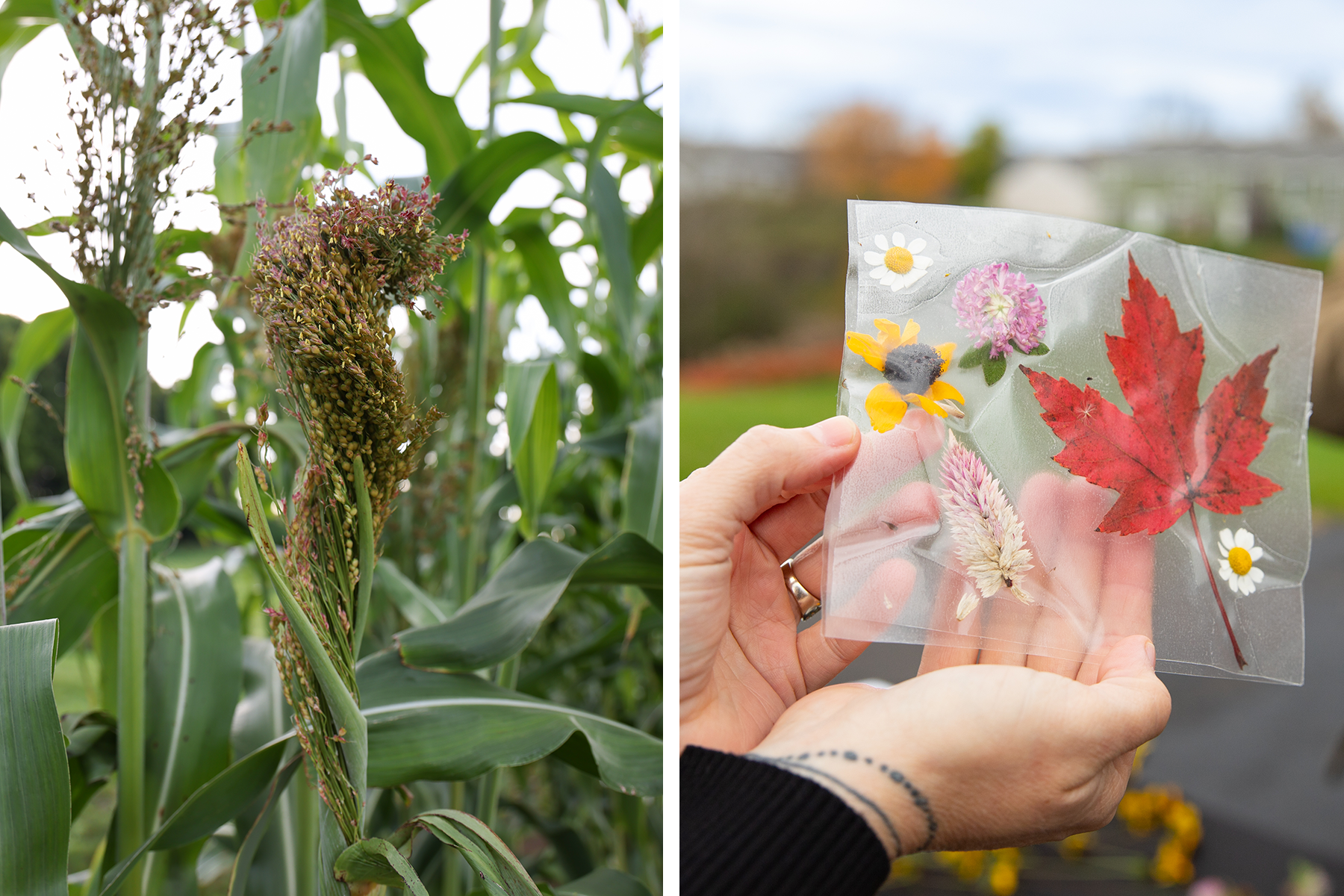
Quick Bites
“Sometimes I only have a family in the Children’s Farmyard gardens for a minute,” shares Cat. “So I need things that people can quickly find, pick, and taste all in one bite.” Cat’s favorite combination to share is a cherry tomato with a basil leaf wrapped around it. “The tomato plants are really fun to trellis as a tunnel or wall. And they’re really fun to prune; kids have fun learning to pick the suckers out of the ‘armpits’.”
Other abundant, tasty options: lunchbox peppers, peas, and ground cherries.
Off the Beaten Path
“Buzz buttons can get almost any kid excited about going to the garden,” says Jed. Also called spilanthe or toothache plant, the flowers create a numbing effect in the mouth. “We just start with a pinch, and we always let the kids know what is going to happen. It tastes like the pith of an orange, and will make you produce saliva. The next thing you taste will be extra strong.”
And some things are just too cute to ignore, like sour gherkins, or mouse melons. “They look like tiny watermelons, but taste like a cucumber,” explains Cat. “They’re like little watermelons fit for a mouse, and make for a fun pickling activity.”
